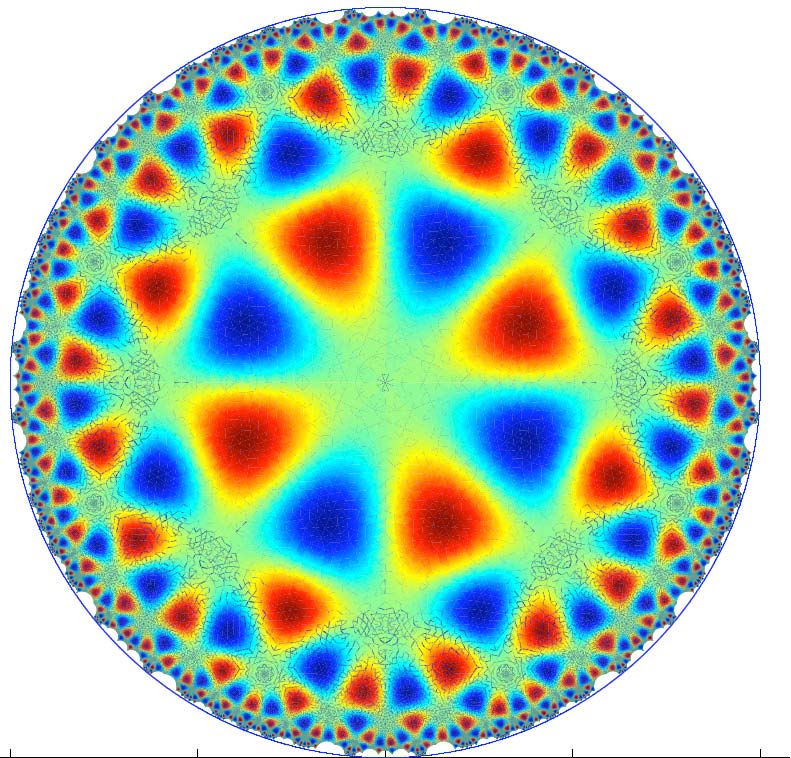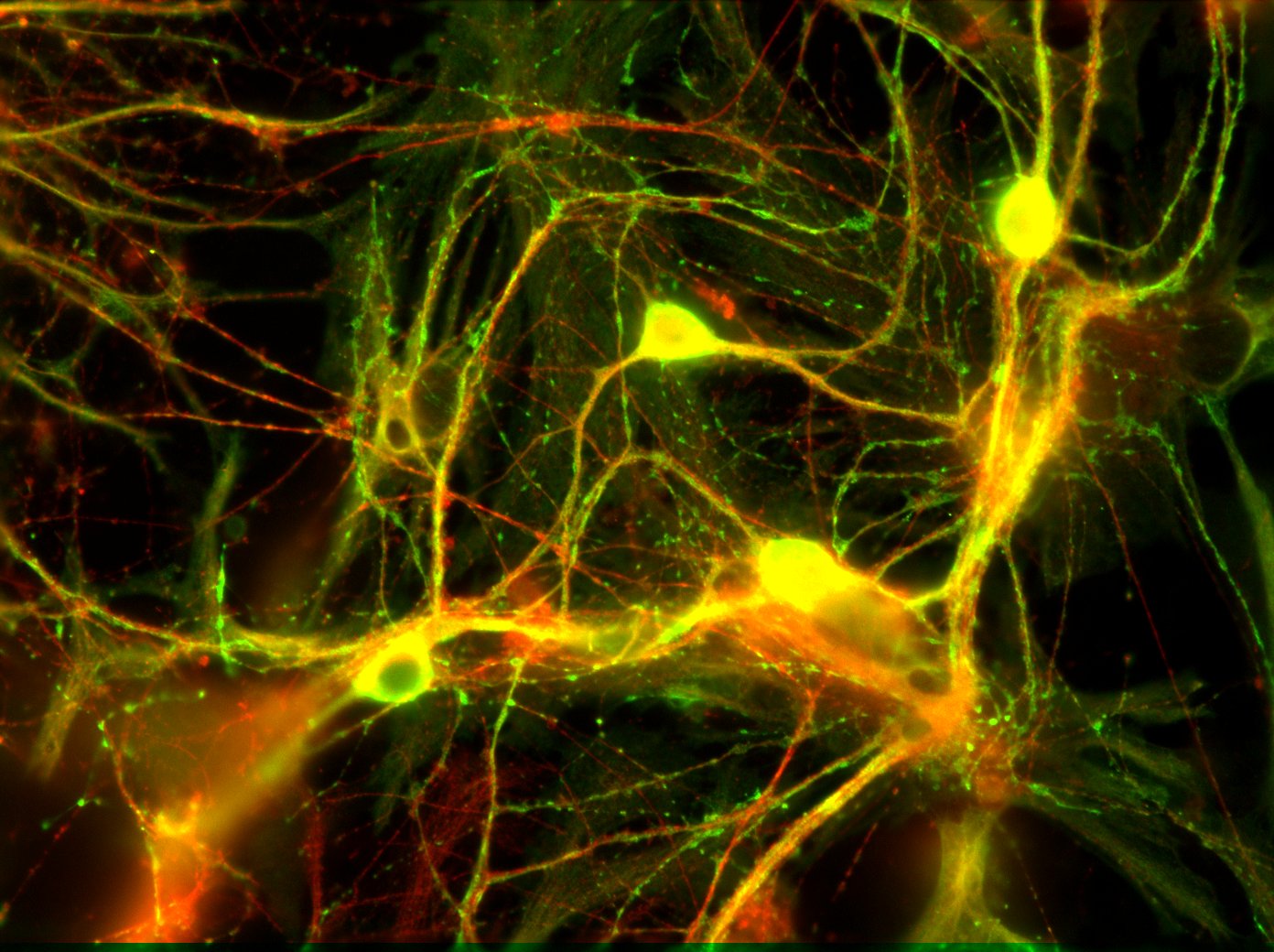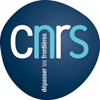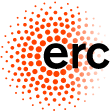
Semester on
Theoretical, Mathematical and Computational NeuroscienceOCTOBER - NOVEMBER - DECEMBER 2011
CIRM - Marseille

REGISTRATION: from June, 6th
The registration will follow the first-come first-served policy until all available slots are filled

| Neuroscience and its applications are greatly developing world-wide and Europe is one of the
important contributors to the advancement of this discipline.
Because of the variety of topics that it has to address, it is characterized by a very broad inter-disciplinarity
and requires the cooperation of actors in several fields of knowledge.
|
||||
| |||||
WORKSHOPS
03-07/10/2011 - Organizers : N. Brunel, O. Faugeras (Schedule - presentations - Portfolio pdf)
Mean-field methods and multiscale analysis of neuronal populations24-28/10/2011 - Organizers : P. Bressloff, S. Coombes
Spatio-temporal evolution equations and neural fields07-11/11/2011 - Organizers : N. Brunel, W. Gerstner, J. Sjostrom, H. Markram
Learning and Plasticity5-9/12/2011- Organizers : V. Jirsa, G. Deco
Mathematical Models of Cognitive Architectures
COURSES
10/10-12/10 - Denis Talay (INRIA), Samuel Herrmann (Ecole des Mines - INRIA), Etienne Tanré (INRIA)
Stochastic models and simulations in neuroscience
Lecture 1: Diffusion processes hitting times. Application to spike trains modelling. Lecture 2: Stochatic differential equations with non-Lipschitz coefficients: analysis and simulation, applications to models in Neuroscience. Lecture 3: Links between Partial Differential Equations (PDEs) and Stochatic Differential Equations (SDEs). Lecture 4: Analysis of stochastic numerical methods for SDEs and PDEs. Applications in Neuroscience. Lecture 5: Probabilistic numerical methods for diffusion processes hitting times and spike trains. 13/10-14/10 & 17/10-19/10 - Fred Wolf (MPI Göttingen)
Self-organisation in the development of visual cortical circuits
Lecture 1: Overview Singularities in the Brain: Understanding Network Self-Organization from Homotopy, Symmetries, and Fields. Lecture 2: Pattern selection of aperiodic solutions Visual Cortical Architecture: A Living Pomeau-Newel-Turbulent-Cristal. Lecture 3: Pattern selection of aperiodic solutions: Quantitative Universality in Brain Evolution. Lecture 4: Structure and Function: Euclidean Symmetry Correctly Predicts the Strategic Positioning of Orientation Columns. Lecture 5: Guiding in vivo experiments by theory Moving the Wheels: Testing Massive Multi Stability of Circuit Self-Organization. 17/10-21/10 - Nils Berglund (Université d’Orléans)
Bifurcations in stochastic systems with multiple timescales
Lecture 1: Deterministic fast-slow systems Examples from neuroscience - conduction-based models; slowmanifolds, Fenichel theory; dynamic bifurcations: dynamic saddle- node, pitchfork and Hopf bifurcation; example: canards in the Fitzhugh-Nagumo equations Lecture 2: One-dimensional slowly time-dependent stochasticsystems Dynamics near stable equilibrium branches; dynamic saddle-node bifurcation; dynamic pitchfork bifurcation; example: stochastic resonance Lecture 3: Multidimensional fast-slow systems with noise Dynamics near stable slow manifolds; dynamic Hopf bifurcation; example: elliptic bursting Lecture 4: Excitable systems Excitability of type I: SNIC bifurcation, Morris-Lecar model, interspike time statistics; excitability of type II: singular Hopf bifurcation, Fitzhugh-Nagumo model, interspike time statistics Lecture 5: Mixed-mode oscillations Deterministic models: folded node singularity, canards; stochastic case: effect of noise on mixed-mode patterns; Hodgkin-Huxley model 02/11-04/11 - Stephen Coombes (Université de Nottingham)
Neural field modelling
Lecture 1: Tissue level firing rate models with axo-dendritic connections I Turing instability analysis Lecture 2: Tissue level firing rate models with axo-dendritic connections II Amplitude equations Brain wave equations Lecture 3: Travelling waves and localised states Construction and stability (Evans functions) Interface dynamics Lecture 4: Waves in random neural media Lecture 5: Tissue level spiking models: the dynamics of the continuum Lighthouse model 14/11-18/11 - Pascal Chossat (CNRS - INRIA)
Dynamical systems in the presence of symmetry in the biological context
Lecture 1: Introduction to the general concepts of symmetry and equivariant bifurcations Lecture 2: Symmetry breaking bifurcations, a non trivial example: Turing patterns Lecture 3: Equivariant Hopf bifurcation, example: oscillatory patterns in coupled oscillators Lecture 4: Symmetry-induced intermittency: the concept of heteroclinic cycles, example: multi-species competition Lecture 5: Symmetry-induced unsteady patterns in spatially extended system, example: spiral waves. 28/11-02/12 - Jean Petitot (Ecole Polytechnique - CREA)
Neurogeometry of functional architectures for visual perception
Lecture 1: Functional architecture of V1 Lecture 2: Implementing the contact structure of the 1-jet space of planar curves Lecture 3: The E(2) group of planar isometries, sub-Riemannian geometry and illusory contours Lecture 4: Non-commutative harmonic analysis Lecture 5: Open problems in neurogeometry
 |
 |
 |
 |
| webmaster - 9/12/11 | |||